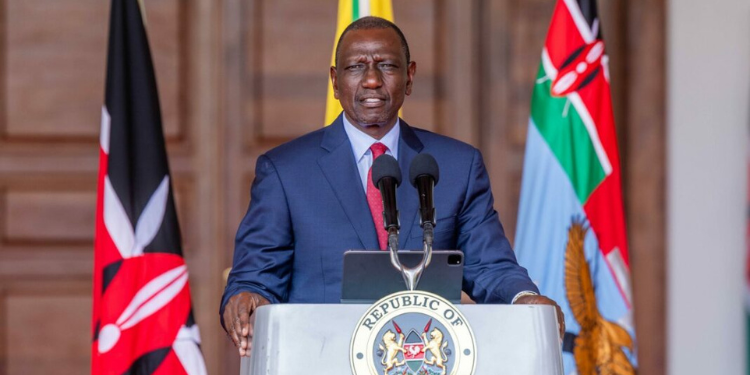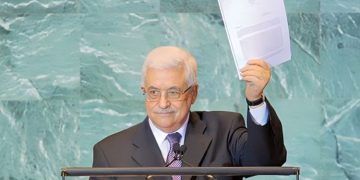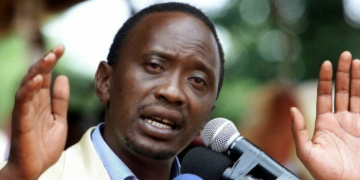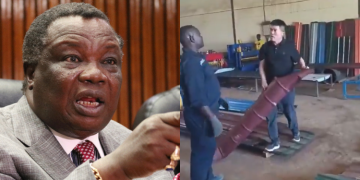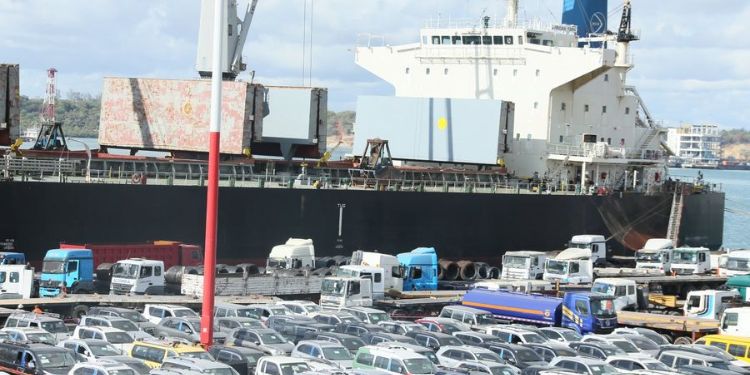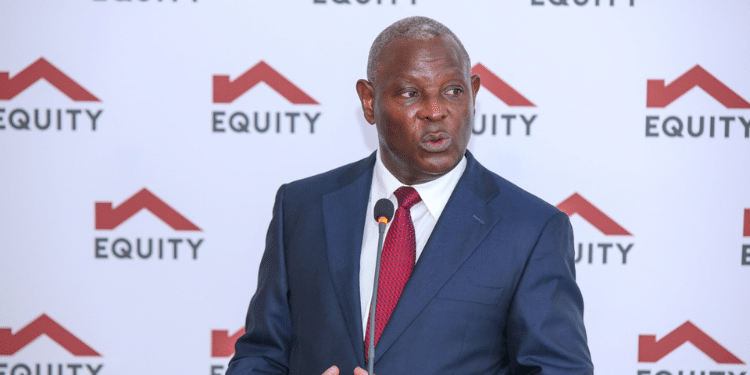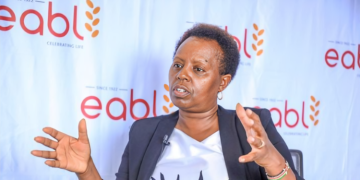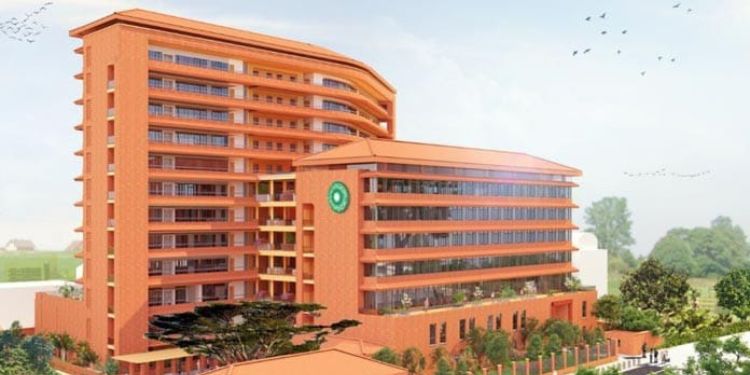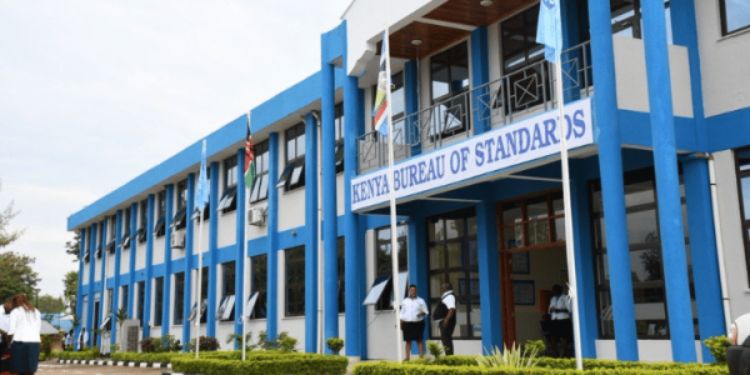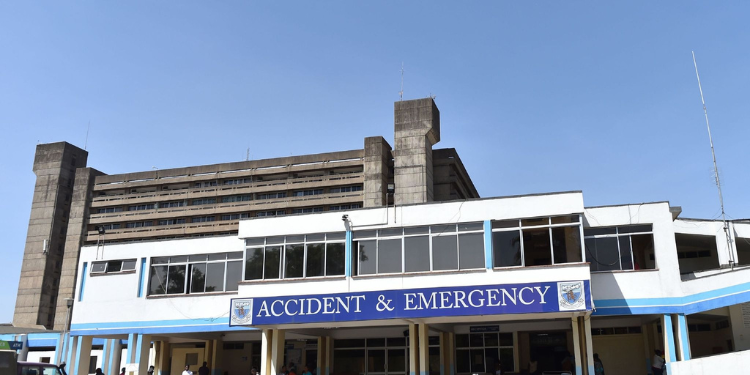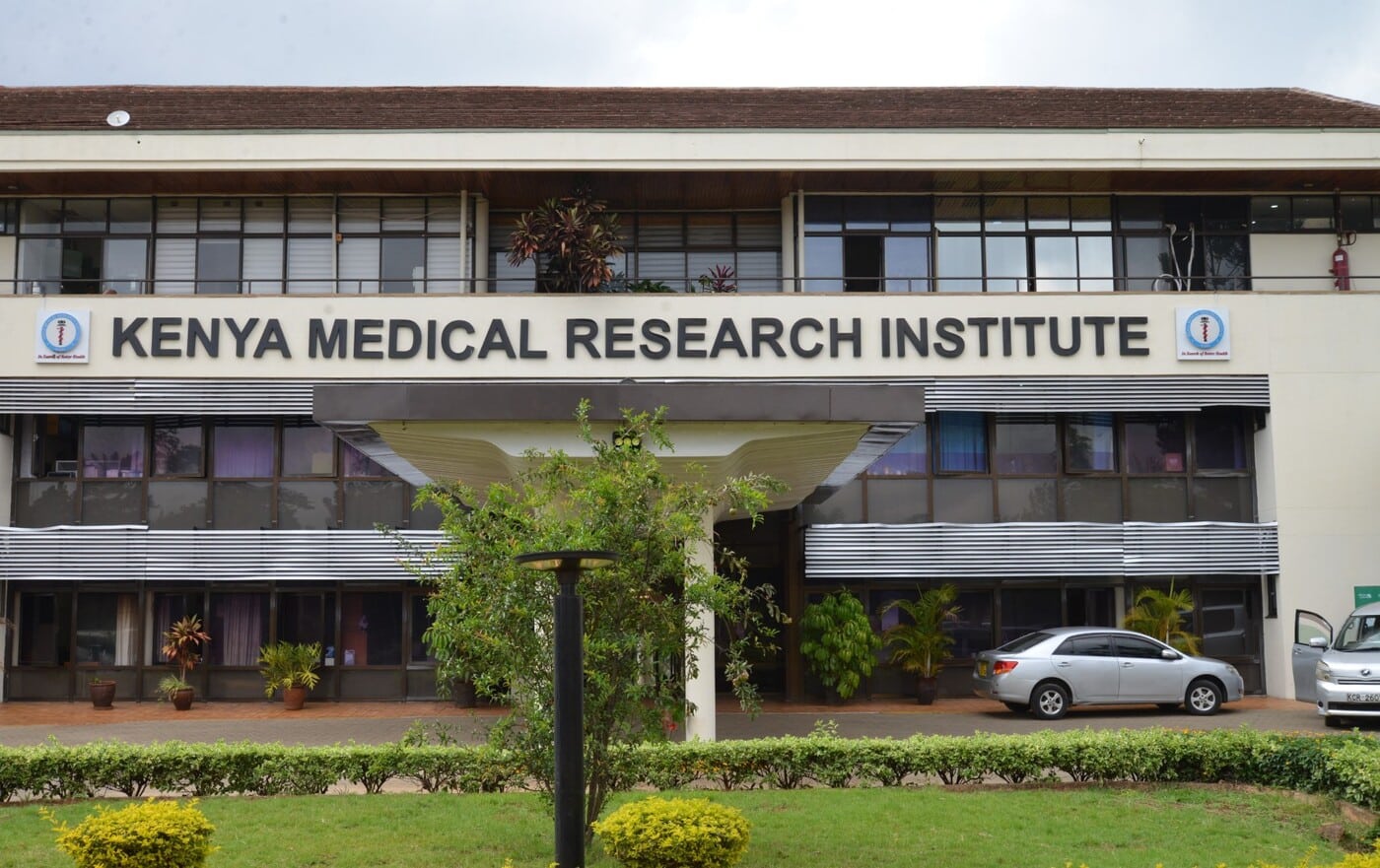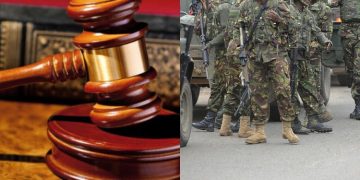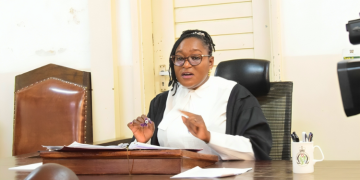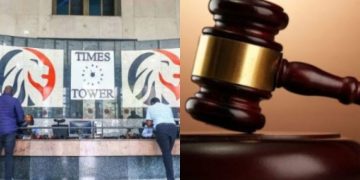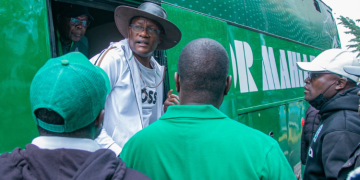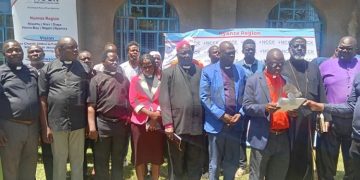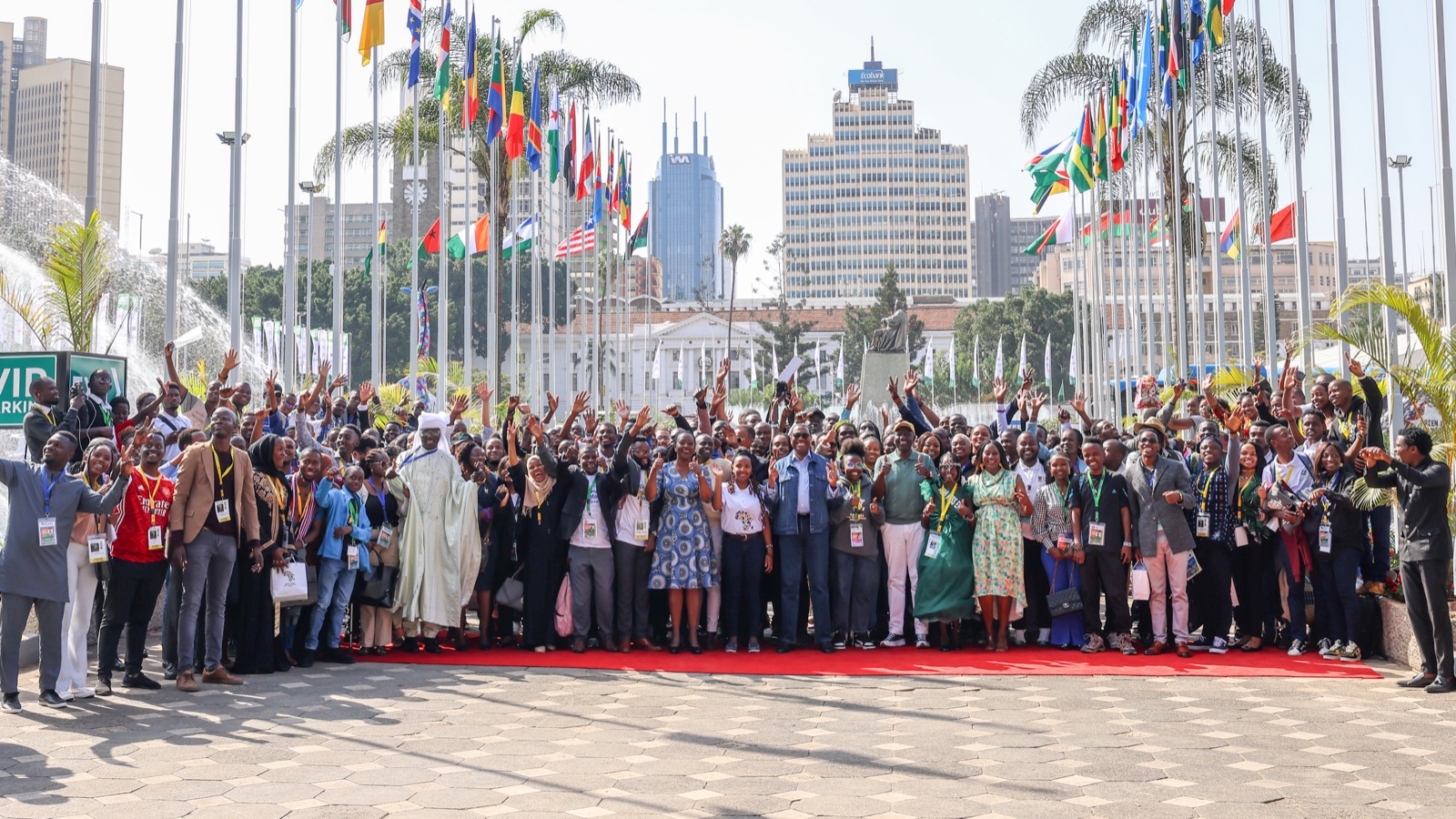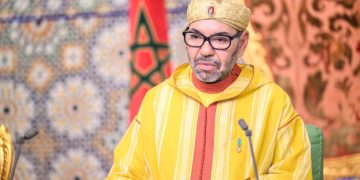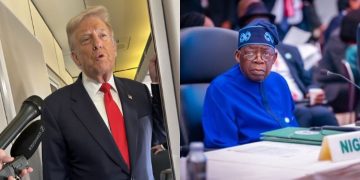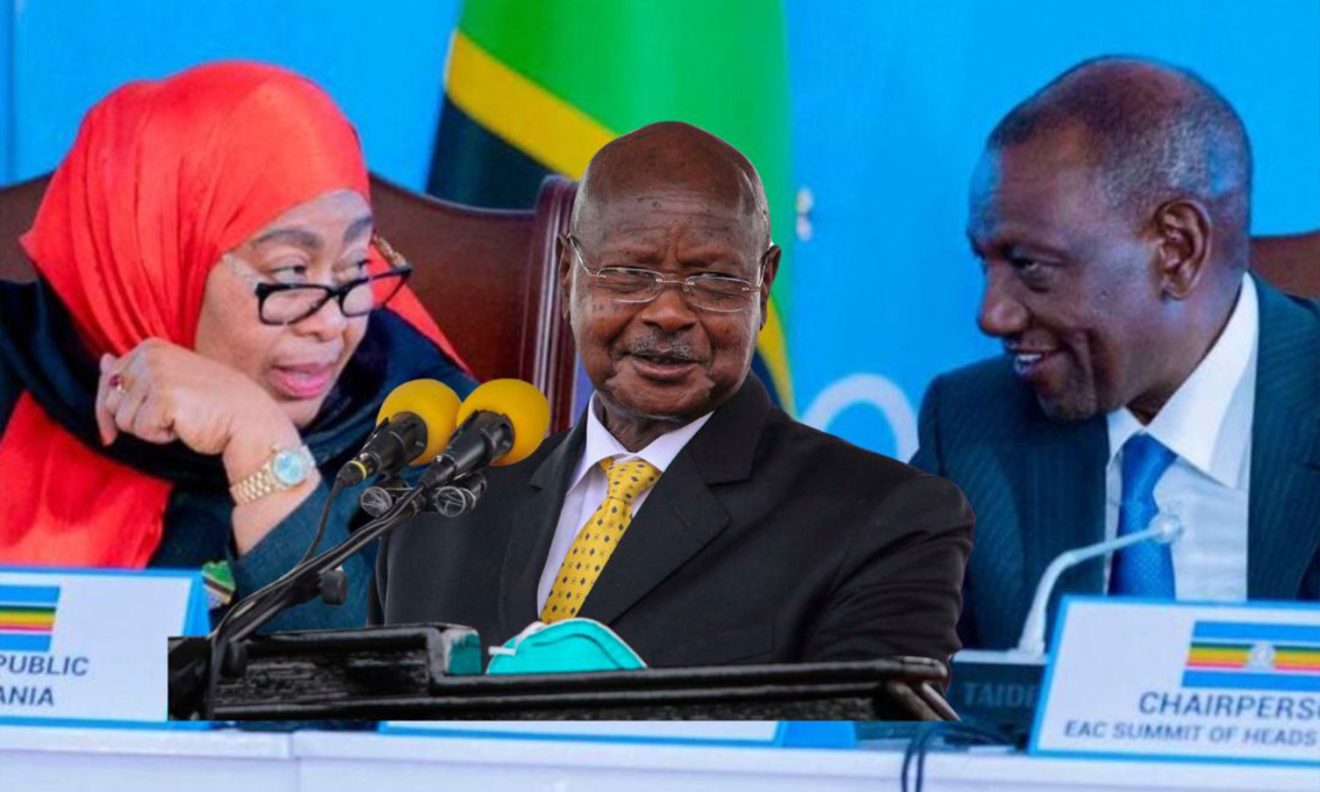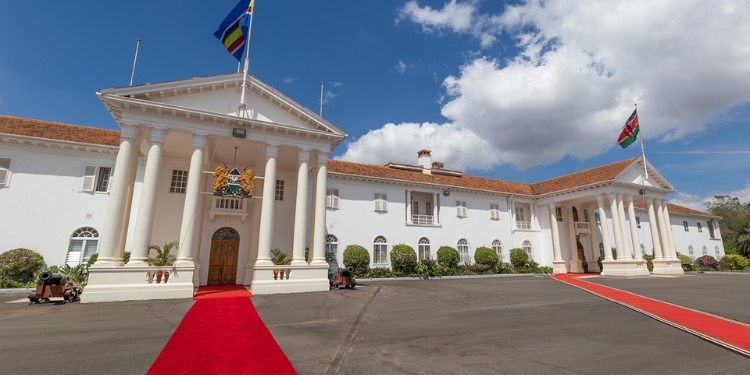President William Ruto’s State House has spent more than Ksh6.2 billion in recurrent expenditure within the first quarter of the 2025/2026 financial year, according to official figures published in the latest Kenya Gazette.
The report by the National Treasury and Economic Planning, dated November 14, 2025, lists actual revenues and net exchequer issues as of September 30, 2025.
The report reveals that the State House, listed under vote R1017, had an original budget estimate of Ksh7.68 billion for the year.
However, in just four months, Ksh6,202,114,281.95 has already been disbursed, representing just over 80 percent of its annual allocation.
State House’s Massive Spending
The enormous spending figures have placed Ruto’s State House among the top consumers of public funds in the country, surpassing some of the most critical departments in recurrent expenditure.
The Treasury had originally allocated KSh 7,681,901,432.00 for the entire financial year.
State House expenditure traditionally covers the operation of the President’s office, official residence, staff remuneration, protocol services, foreign and domestic presidential engagements, logistical arrangements, and the maintenance of key government facilities.
Although these services require a substantial amount of resources, the fast use of funds has signaled increased activity and rising operational costs in the State House.
The Office of the President spent Ksh 1.18 billion, while the Office of the Deputy President utilized Ksh 1.86 billion during the same period.
The National Police Service, which conducts security operations nationwide, recorded Ksh4.89 billion expenditure, significantly less than the State House and raising eyebrows on the use of public funds.
The figures come at a time when Ruto’s government faces intense and mounting pressure over the ever-rising recurrent costs despite economic challenges.
Parliament’s Budget and Appropriations Committee is expected to question the pace of withdrawals when it next reviews quarterly performance reports.
Broader Context
The wider budget environment further reveals the strain currently weighing on the national finances.
Kenya’s total revenue for the quarter stood at Ksh1.51 trillion, including tax revenue of KSh736.2 billion and domestic borrowing of KSh513.8 billion, against an original estimate of Ksh4.43 trillion, highlighting a significant shortfall.
These revenues have become increasingly crucial as expenditures continue to rise across the government.
The report by the National Treasury and Economic Planning has also highlighted the delicate balance between raising revenue and meeting spending obligations, especially in the current times, when recurrent costs continue to consume a significant portion of the budget.
This spending pattern also follows prior discussions within the government about restructuring executive operations to reduce costs.
Several committees reviewing public expenditure have recommended well-organized administrative functions and curbing non-essential spending.
Also Read: Former Cabinet Secretary Reveals How Uhuru Tried to Blackmail ODM Members to Join KANU in 2005
However, the latest data suggests that implementing such recommendations remains a challenge.
Reasons for the High Withdrawals
The high level of withdrawals by State House could be attributed to increased presidential travel abroad and domestically, expanded staffing and staffing needs, and increased logistical demands linked to regional diplomacy and domestic development programmes.
State House has, in recent months, facilitated major international engagements and hosted several policy coordination forums involving ministries, counties, and development partners.
Such activities, though important to the State House, place considerable pressure on recurrent budgets.
As the fiscal year progresses, attention will likely shift to whether the State House will seek supplementary allocations when the Treasury presents its revised estimates.
Also Read: Chinese Embassy in Kenya Issues Statement Over Chinese National Seen Assaulting Kenyan Worker
With part of its annual budget left, the State House may face constraints if expenditure continues at the current pace.
Supplementary requests have historically attracted scrutiny, particularly when they relate to recurring needs rather than emergencies or unforeseen national priorities.
Follow our WhatsApp Channel and X Account for real-time news updates.
